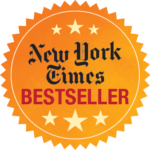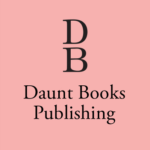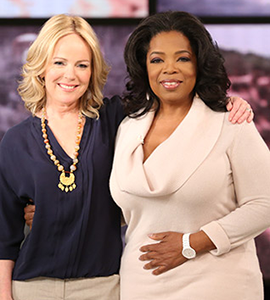On the Space In-Between
I’ve just finished my new book. Whenever, in my life, I’ve completed this sentence – I’ve just finished my new book — I’m haunted by a sense that I must be lying, that the book can’t possibly be finished. And, in a way, of course it’s not. After a while, after it grows cold, as a dear friend likes to say, I will dive back into it and revise, chisel, hone, clarify, see previously unconscious connections. I will make it better until I can no longer make it any better. And then I will abandon it to the world.
My students and other writers I know who are early in their creative lives think that must be the best part — the time when a book is “abandoned” to the world. Book parties! Interviews! Travel! Readings! Radio! And I assure them that it isn’t. Their eyes glaze over. They don’t believe me. Easy for you to say. I can practically see the words as they think them. But it’s true. The best part – the part every artist lives for – is the complete immersion when on the home stretch. The whole world seems to collaborate with us during these days, weeks, months in which we’re finishing. Overheard dialogue, a flock of gulls against a gray sky, the angle of a man’s head as he sits on a park bench reading a tattered paperback – all seem electric, inter-connected. As I was finishing this book, I wandered into my local bookstore looking for a particular poem by Richard Wilbur I was certain I needed. The book wasn’t in stock, but misshelved in the W’s was a volume of poems by Wendell Berry I hadn’t read before, and contained within it a poem that was precisely what I needed but hadn’t known. That kind of thing happens when in the powerful flow of finishing.
But then…then what? I’ve been bereft, these last weeks. After training my whole heart, soul, intellect, everything I have within me, on finding the precise language for feeling – all that’s left is the feeling. What do we do with feelings we can’t contain, place, label, name? The chaos we can’t turn into art? With feelings that leak out around all that precise language and are still there, because finding the language may make art, and perhaps art heals the reader or viewer, but it doesn’t heal the artist or writer. Nor should it. Making art is not an act of catharsis. If anything, it embeds our narrative ever more deeply within us by freezing it in time. It transforms us – yes – but as anyone who has ever really gone there will tell you – transformation is painful and oh, it is ongoing.
In recent years my work has grown more and more distilled. I used to be interested in great big sweeping stories. I still enjoy reading them, sometimes, but I’m no longer pulled to write them. What drives me, excites me, makes me want to get up in the morning and write, read, live, is what pulses beneath the narrative – whether a fictional narrative or the well-worn narrative of my own life. What does transformation carry in its wake? How do I plumb the depths of now? How do I inhabit a consciousness – mine, or a fictional character’s – in order to get at what’s true, all the while knowing that what’s true is ever-evolving?
See, this is the kind of thing this writer thinks about when she’s in the space of the in-between. (It’s probably a little like going off your meds.) It’s uncomfortable, to be sure. The soil is dark, dank, its gifts revealed only through patience and time. So over these holiday weeks I will stay as quiet as I can. I will read books that nourish me. I will meditate each morning. I will seek the company of those who ennoble my spirit, or make me laugh (or both.) I will keep a notebook with me, make notes about the inner storm, and try to observe it, as if through a leaded window in a beautiful castle, a warm room, a safe place. Look, there’s the lashing rain. The bolt of lightning. Look, the world, lit up, then washed clean.


















